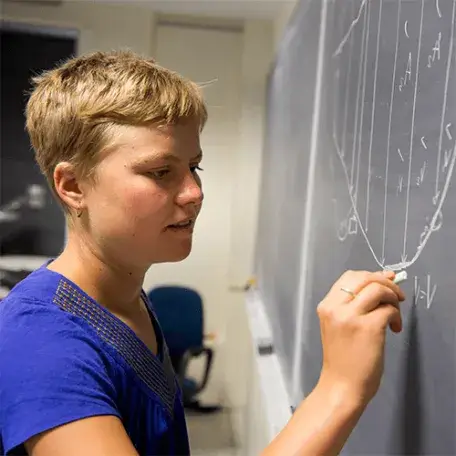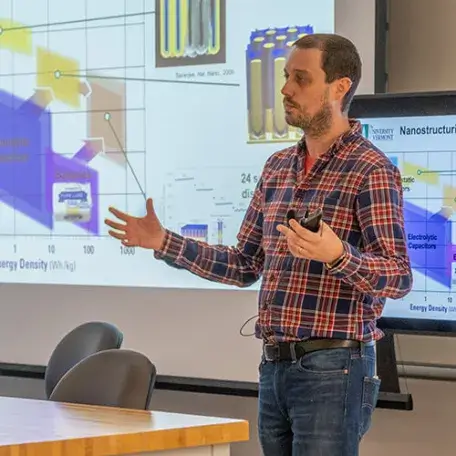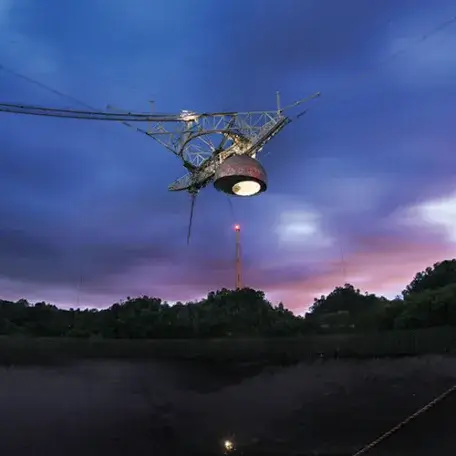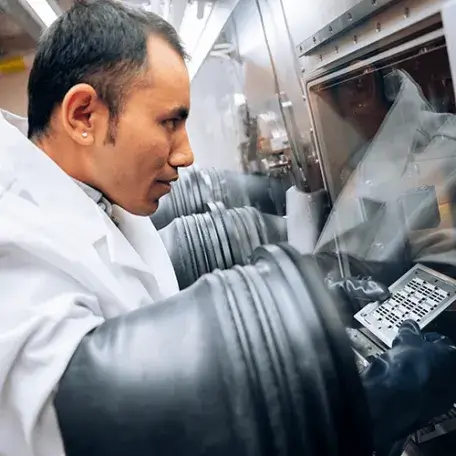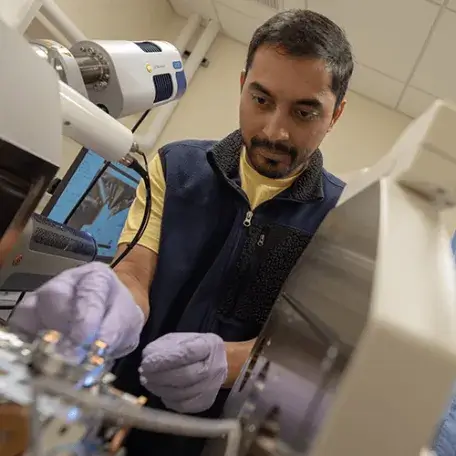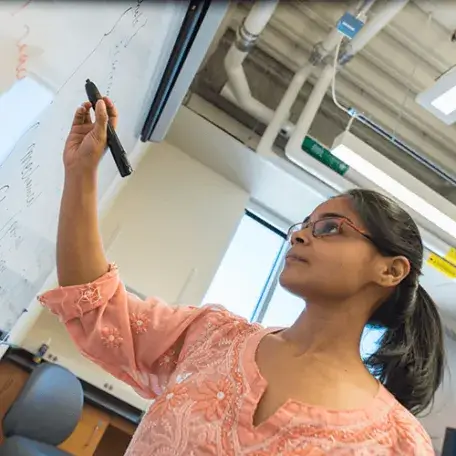A degree in physics gives you an academically rigorous foundation that prepares you for just about any career and a springboard to exploring other scientific fields, including chemistry, seismology, and astronomy.
Students studying physics are learning how the world works at the most fundamental level, from the largest galaxies to the smallest subatomic particles. The discipline challenges to solve real-world problems, and develop discoveries that improve our lives—from healing joints, to curing diseases, to developing sustainable energy solutions.
To search current Physics classes and learn which semester they are offered, please visit the UVM Registrar's interactive Schedule of Courses online search tool.
